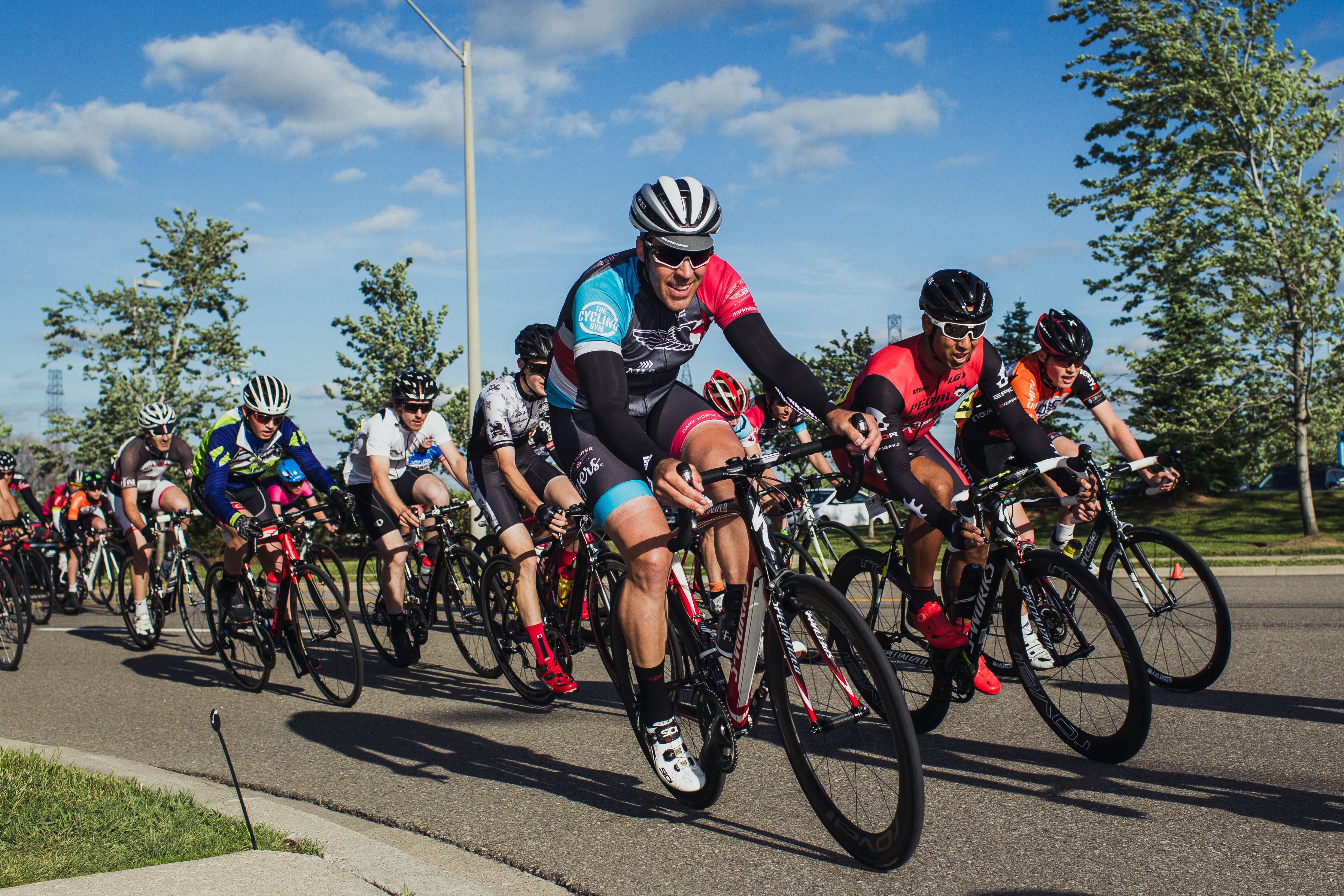Why you should stop worrying about your FTP
While the metric is helpful, it’s not necessarily something you need to increase to ride stronger

by Andrew Randell and Steve Neal of The Cycling Gym

For the past 10 years, functional threshold power (FTP) has been the metric that much of the cycling community has focused on for training. It’s the amount of power, measured in watts with a power meter, you can hold for an hour, theoretically. Not many people want to do a one-hour time trial, though, so the standard estimate of FTP has been to take 95 per cent of the power you can push for a 20-minute time trial.
Much of the training you read about and many of the programs you can find online focus almost exclusively on improving FTP. While this focus in your training may improve your 20-minute time trial number, we would say that it doesn’t necessarily translate into making you a better rider out on your group ride. Training at FTP involves a great deal of high-intensity work. When you do a 20-minute time trial, much of it will be done at VO2 max, a state in which your body is using as much oxygen as it can, as will the training to improve your time trial.
For most of us, we are training to be better out on our group rides. Group rides are typically something in the range of two to three hours, most of which will be done at an endurance or tempo heart rate. To be better on your group ride, you need to improve your aerobic engine, which requires a different focus from that of improving FTP. An improved aerobic engine means a positive change in your ability to ride at a higher percentage of your FTP power, while having a stable heart rate, for longer periods of time.
For example, let’s say on your three-hour group ride you end up with a normalized power that’s 85 per cent of your FTP. To maintain that normalized power, your heart rate climbs to, and stays at, 90 per cent of your max heart rate. With proper endurance and tempo training, you should, over time, be able to change how high your heart rate climbs. As you improve, you will still ride at a normalized power of 85 per cent of FTP, but your heart rate will only climb to 80 or 85 per cent of your max heart rate. This ability to ride at a lower percentage of your max heart rate and at the same power will mean you’ll save energy, which you can call upon when push comes to shove later in the ride.
We saw this happen this past winter with one of our clients at the gym. While his FTP has remained unchanged, he is now able to ride closer to his FTP power number with a lower perceived exertion and for longer periods than when his training focus was only on improving that 20-minute time trial wattage.
Now, we’re not saying that threshold and VO2 training shouldn’t be part of your program. They have a role to play. But for most of us, they should play less of a role than they do in your typical training program. Too much sustained focus on threshold and VO2 is detrimental in the long run. It may work for a year or two, but after that you will likely find yourself experiencing diminishing returns and heightened levels of fatigue.
To improve your aerobic engine, you need to focus primarily on endurance and tempo riding, with limited bouts of threshold and VO2 training. We prefer training mainly below threshold, with appropriately timed VO2 and anaerobic sessions. Make your aerobic system strong enough and eventually the wattage you can push at tempo gets close to your threshold ability.
The goal when trying to improve our aerobic engine, or indeed of all our training, is to be able to push a greater wattage for longer and at a lower heart rate. When you’re out on your group ride, you don’t want to be cruising in the group at a threshold heart rate. When your heart rate is that high, you are burning lots of energy. It’s better to be able to cruise in the group at an endurance or tempo heart rate, thereby burning less energy and saving it for when it matters toward the end of the ride.
For the newer rider, or the rider who really isn’t able to push that much wattage even when going hard, we actually recommend a different focus away from endurance. We see many examples of such riders at the gym. For them, we don’t use heart rate as a guideline. We use wattage to guide the workouts because, at first, newer riders need to work on simply pushing more wattage. They will often be prescribed a VO2-type block of training to get started. Then, once they can push more power and the training gets “hard,” we change the focus and start bringing heart rate into the training as a metric to watch.
Make your aerobic system strong enough and eventually the wattage you can push at tempo gets close to your threshold ability. Once you get this strong , you are in a great place for riding well. left when things might get feisty near the end if the ride.
